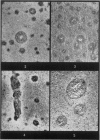Abstract
Fibrinolytic activity (FA) of brain tissue, meninges and choroid plexus from 41 human cadavers without intracranial disorders was studied by Astrup's biochemical method and Todd's histochemical method. FA of cerebrospinal fluid (CSF) before and after pneumoencephalography (PEG) was also studied by Astrup's method.
FA of human brain was higher in the adults than in the newborn and infants, and increased with ageing in infants. No significant difference was found among age groups in the adults.
There was no detectable difference of FA in various regions of the brain. Higher FA was recognized in meninges and choroid plexus. Liquefaction of the extravasated blood in the subarachnoid space was considered to be produced by the high fibrinolytic activity of the meninges.
The lysed zones on fibrin plate by Todd's method were found at the vessels of the brain tissue and meninges, especially at small blood vessels. FA was found to be localized at the vascular endothelial cells. The lytic areas in the adult brain were relatively larger than those in the newborn brain at the same incubation time.
CSF produced small lysed zones on human fibrin plate. CSF and plasma after PEG showed larger lysed zones than those before PEG, and plasminogen activator and/or proactivator in CSF and plasma seemed to be increased after PEG. Plasmin activity was not found in CSF before and after PEG.
Full text
PDF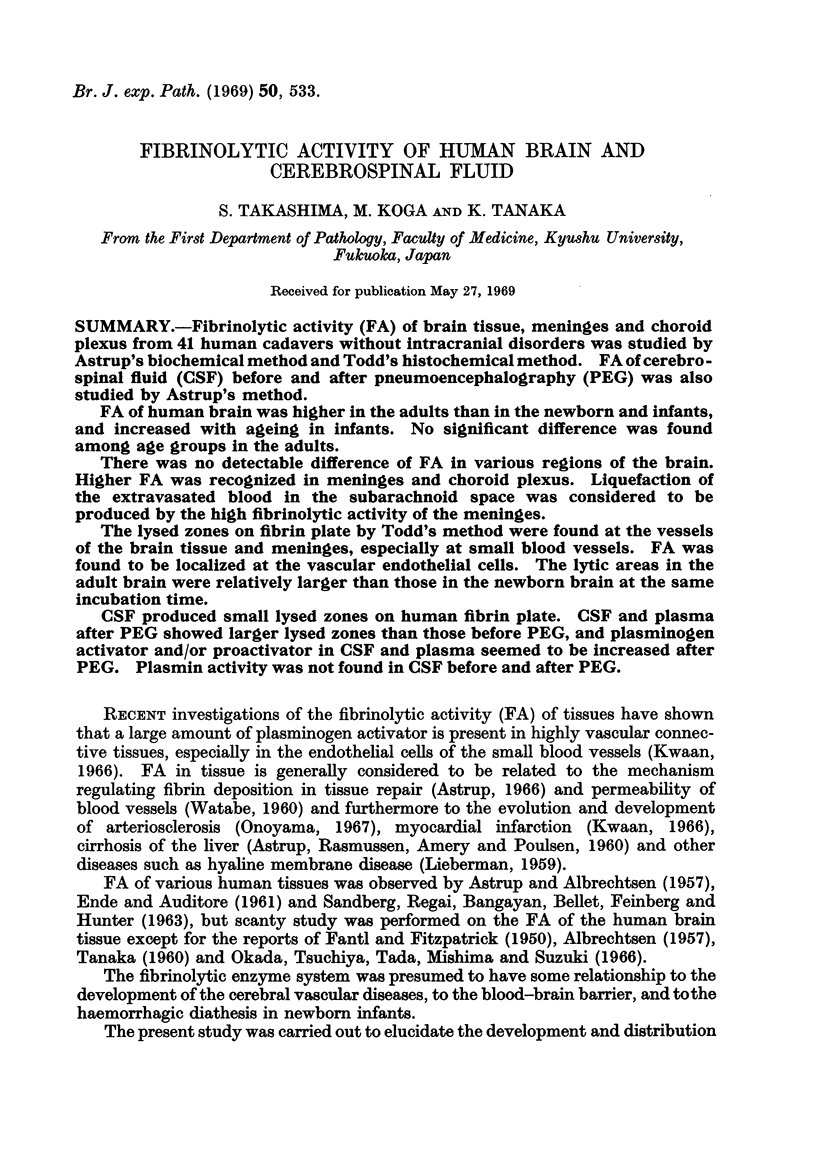
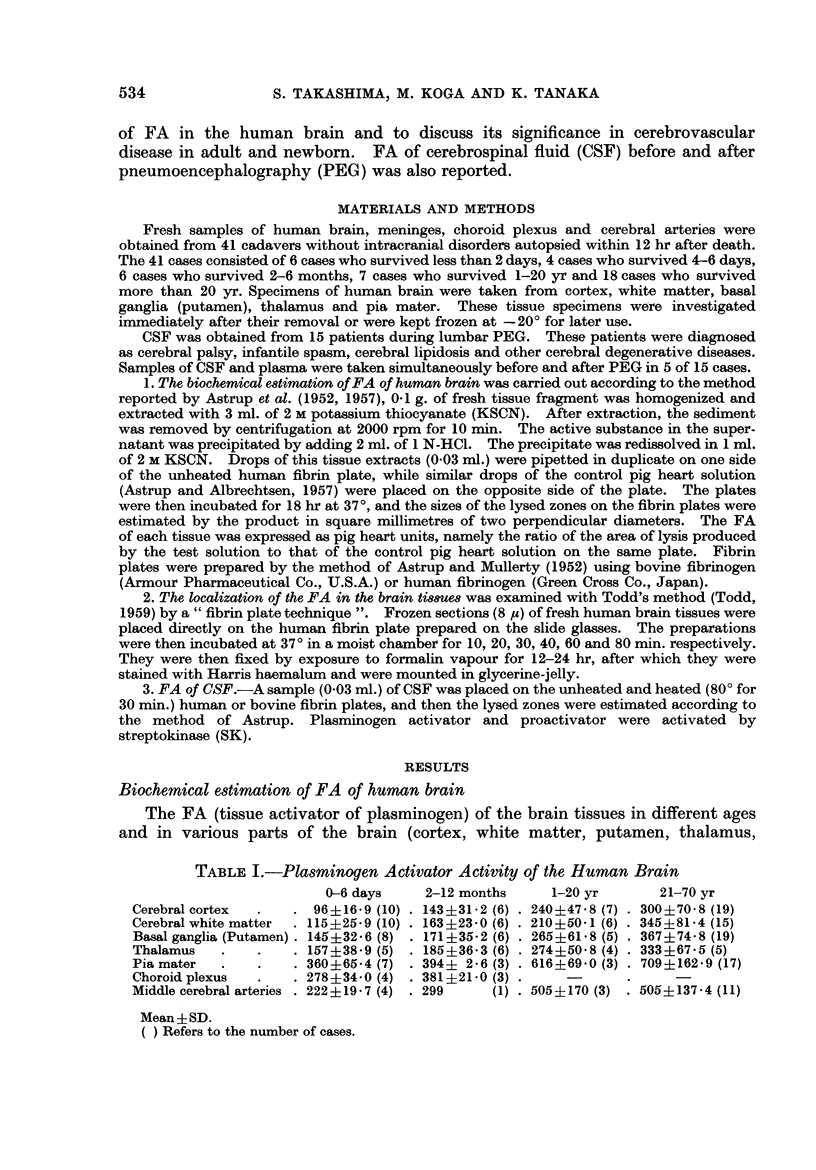
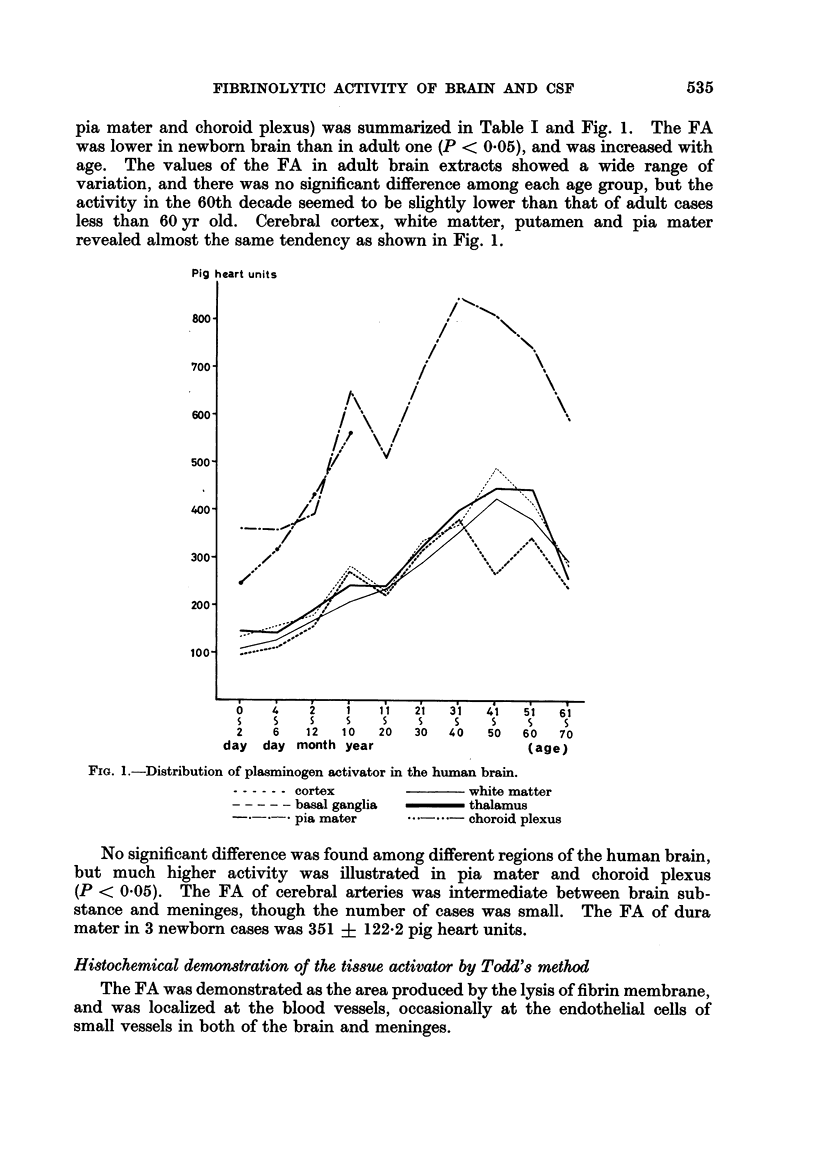
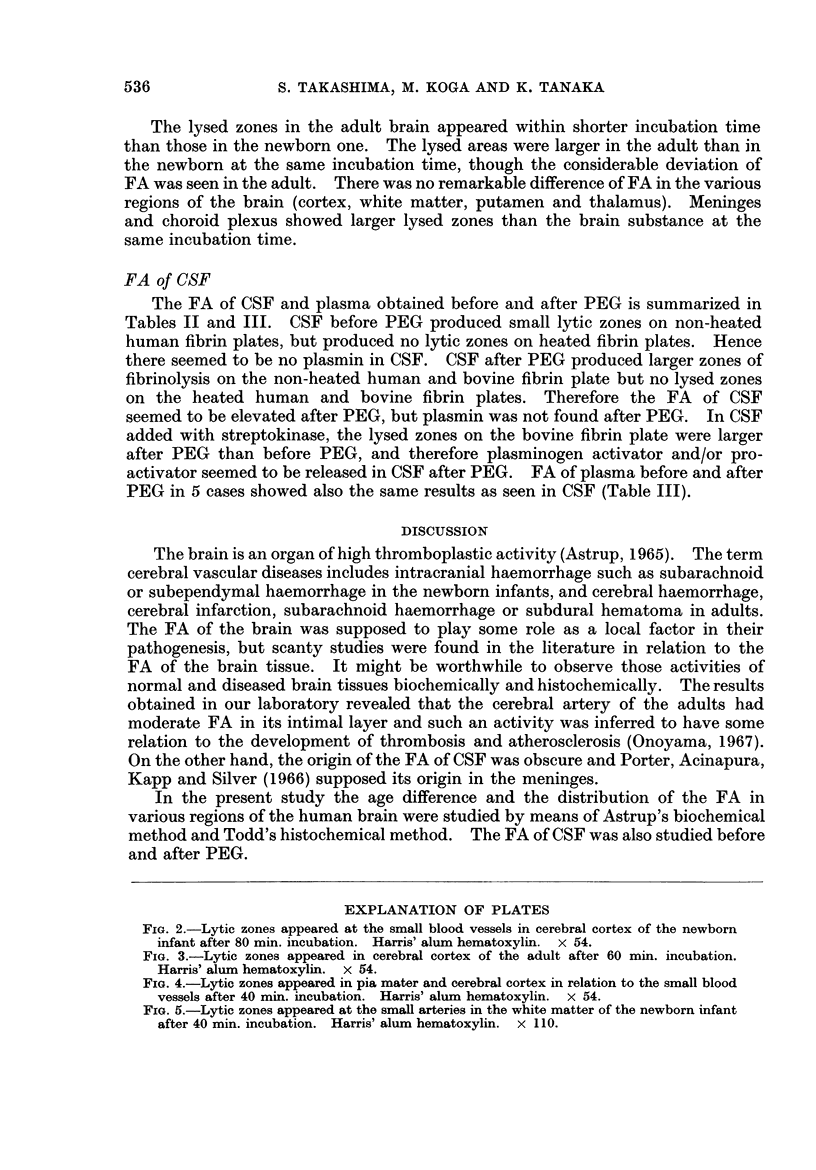
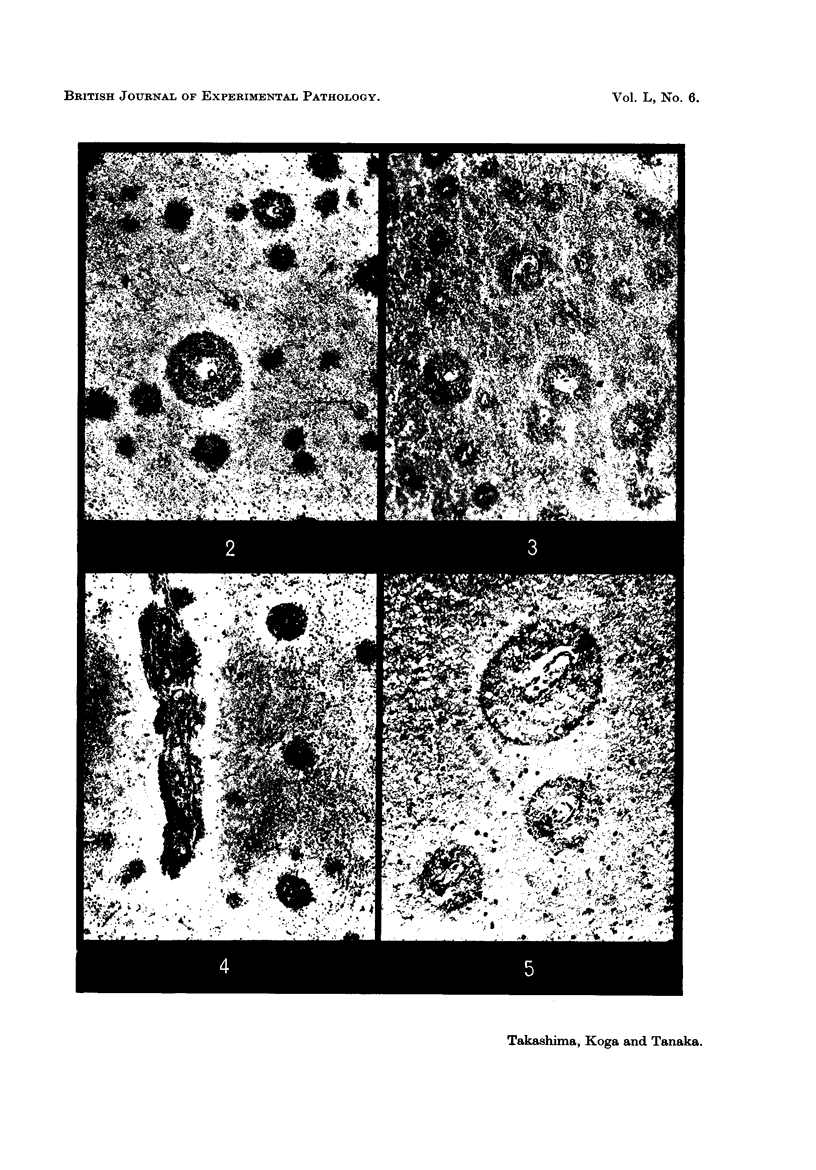

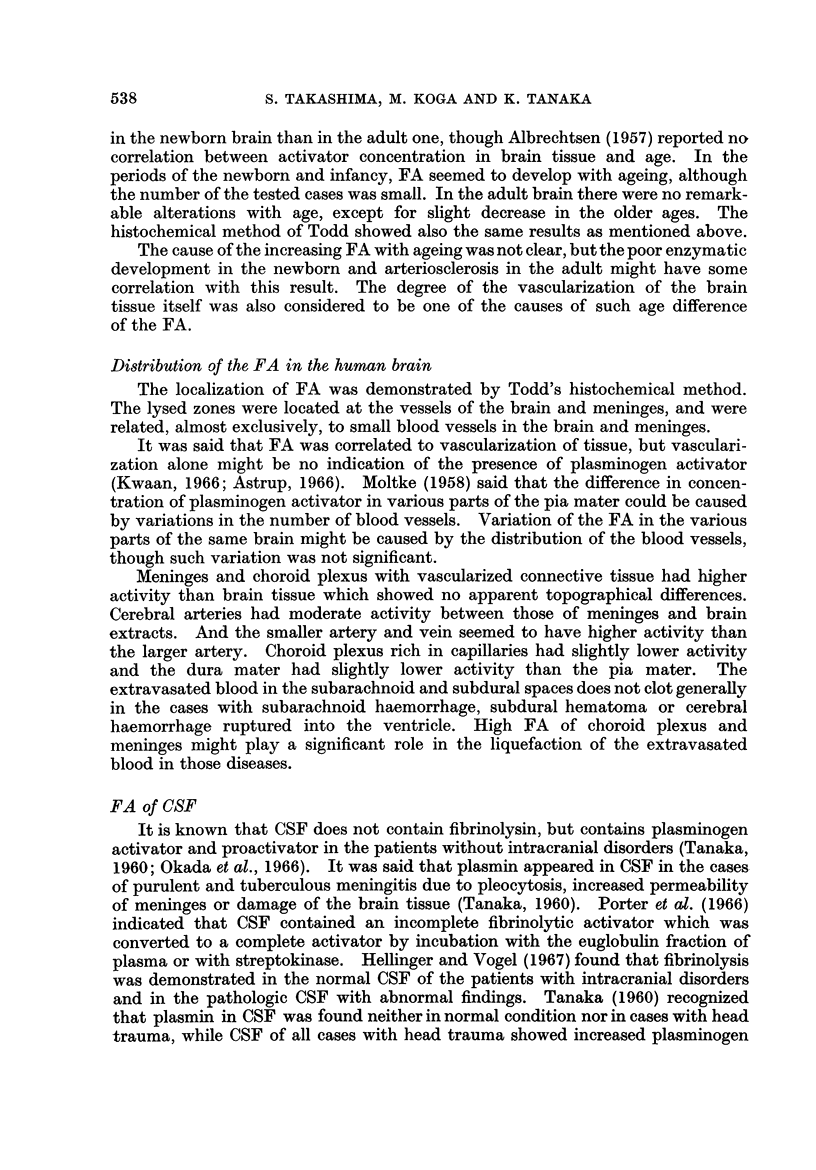
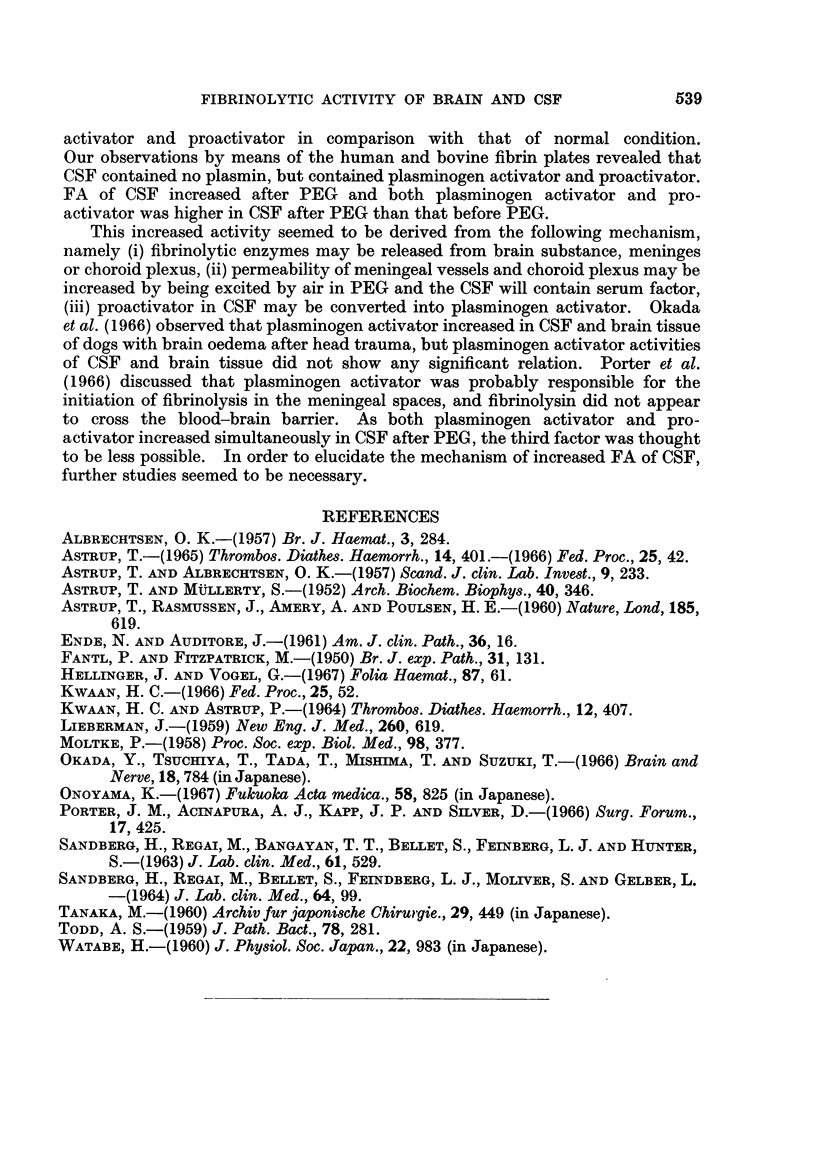
Images in this article
Selected References
These references are in PubMed. This may not be the complete list of references from this article.
- ALBRECHTSEN O. K. The fibrinolytic activity of human tissues. Br J Haematol. 1957 Jul;3(3):284–291. doi: 10.1111/j.1365-2141.1957.tb05798.x. [DOI] [PubMed] [Google Scholar]
- ASTRUP T., ALBRECHTSEN O. K. Estimation of the plasminogen activator and the trypsin inhibitor in animal and human tissues. Scand J Clin Lab Invest. 1957;9(3):233–243. doi: 10.3109/00365515709079963. [DOI] [PubMed] [Google Scholar]
- ASTRUP T., MULLERTZ S. The fibrin plate method for estimating fibrinolytic activity. Arch Biochem Biophys. 1952 Oct;40(2):346–351. doi: 10.1016/0003-9861(52)90121-5. [DOI] [PubMed] [Google Scholar]
- FANTL P., FITZPATRICK M. Fibrinolysis induced by brain extracts. Br J Exp Pathol. 1950 Apr;31(2):131–137. [PMC free article] [PubMed] [Google Scholar]
- LIEBERMAN J. Clinical syndromes associated with deficient lung fibrinolytic activity: I. A new concept of hyaline-membrane disease. N Engl J Med. 1959 Mar 26;260(13):619–626. doi: 10.1056/NEJM195903262601301. [DOI] [PubMed] [Google Scholar]
- MOLTKE P. Plasminogen activator in animal meninges. Proc Soc Exp Biol Med. 1958 Jun;98(2):377–379. doi: 10.3181/00379727-98-24049. [DOI] [PubMed] [Google Scholar]
- Okada Y., Tsuchiya T., Tada T., Mishima T., Suzuki T. [Experimental study on plasminogen activator and trypsin inhibitor system in the cerebrospinal fluid and brain in cases of trauma and shock]. No To Shinkei. 1966 Aug;18(8):784–788. [PubMed] [Google Scholar]
- Porter J. M., Acinapura A. J., Kapp J. P., Silver D. Fibrinolytic activity of the spinal fluid and meninges. Surg Forum. 1966;17:425–427. [PubMed] [Google Scholar]



